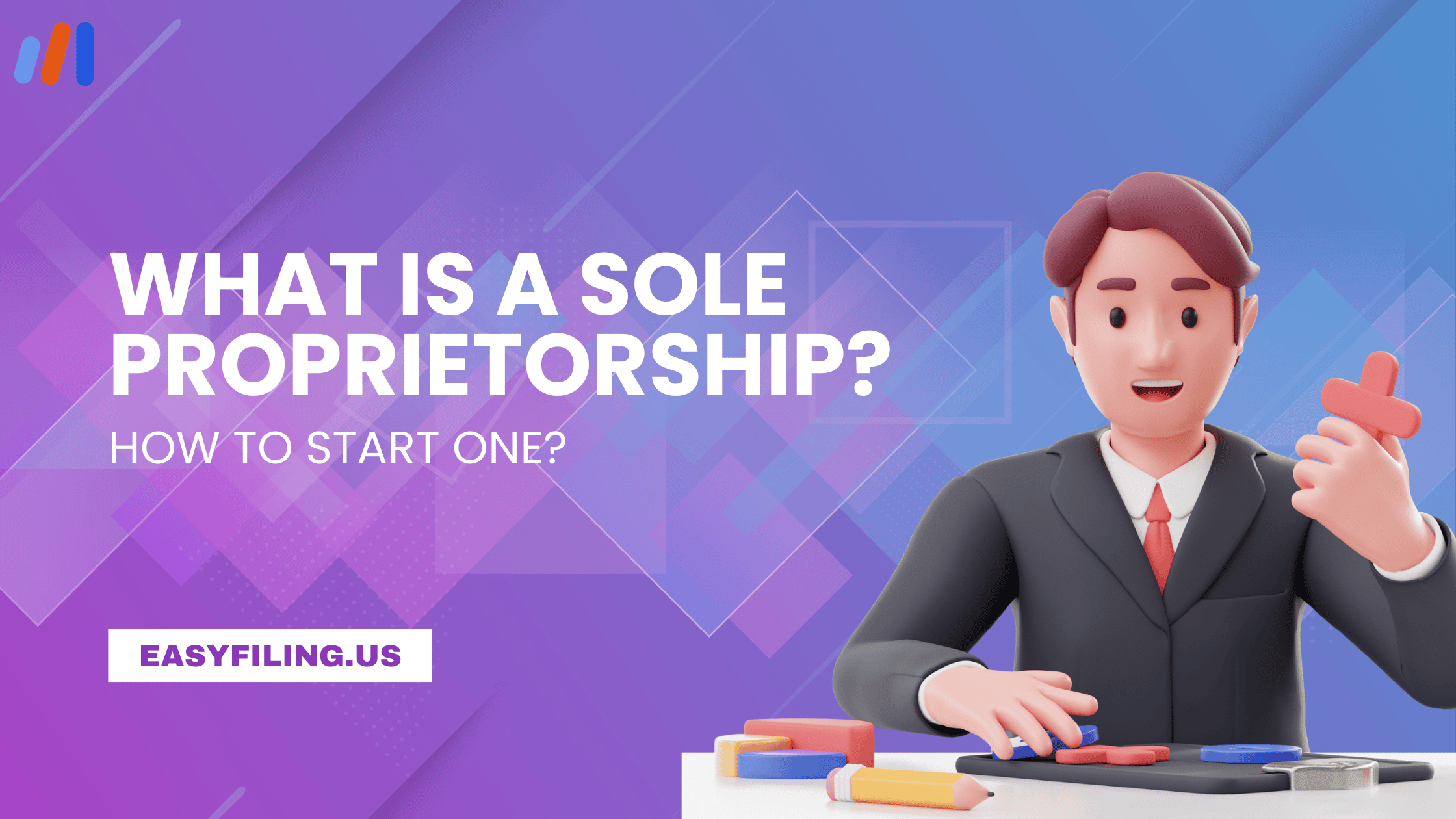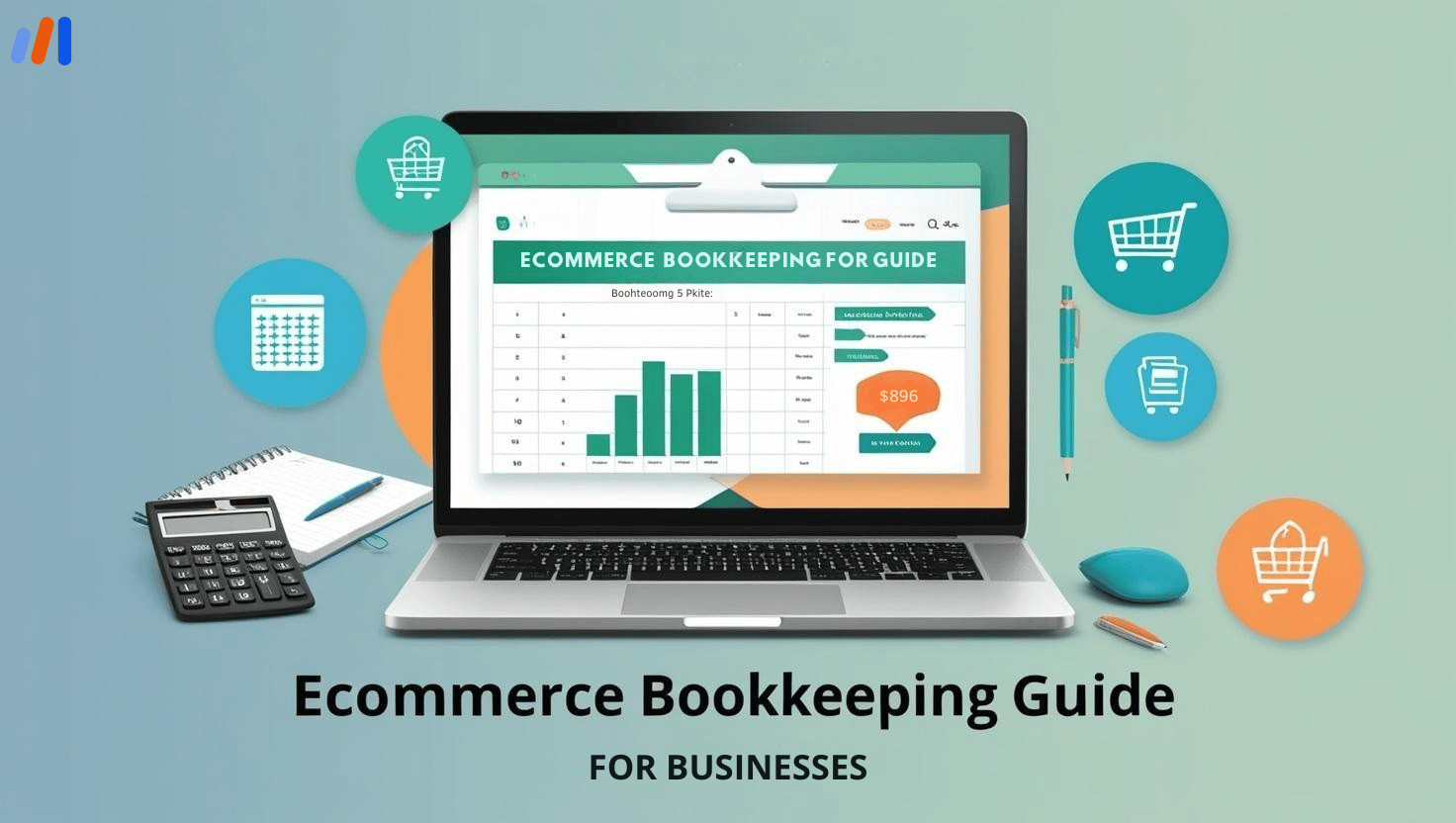Have you ever given thought to starting a venture? It is so enticing to think of being your boss, deciding when and where to work as well as the fruits it brings. One can develop an idea for a new business or turn their hobbies into money-making activities. The decision to start a business can be transformative. A sole proprietorship is among the many forms of business in the world and is considered both the simplest and the most popular form of business. But what does it mean, and is it right for you?
A sole proprietorship is an uncomplicated type of enterprise that suits only solo entrepreneurs. It combines simplicity with full authority over operations, which makes it one of the best alternatives for many individuals who are going into business for the first time. However, like any other business model, this one too has its advantages and disadvantages. Understanding these will allow you to make wise choices giving you great hope that your journey towards being an entrepreneur will be successful.
What Is A Sole Proprietorship?
A sole proprietorship refers to a type of business organization owned by one individual who also runs its operations. This category is unincorporated implying that there exists no legal distinction between the owner and his or her enterprise. In this regard, such an entrepreneur retains all profits earned by his/her venture but at the same time assumes all its debts, losses as well as liabilities.
Simplicity in starting a sole proprietorship represents its key advantage. Normally, the paperwork required is minimal while initial capital expenditures are lower than those required for the establishment of other corporate entities e.g., companies or limited liability firms.
However simple it may appear; having single ownership requires deliberations on various aspects attached thereto. For instance, personal assets may be vulnerable if debts or law-related problems arise since legally there is a boundary between company registrations vs personal assets registration LLC Vs S Corp.
Also, raising funds might turn out to be problematic as compared to crowdfunding personal activities, because investors and banks would consider a sole proprietorship more hazardous than a corporation or LLC. Nonetheless, for many people the freedom and simplicity of managing a sole proprietorship outweigh these negatives hence they begin with this approach when starting a business anew.
Benefits of Sole Proprietorship
Several advantages make starting a business as a sole proprietorship an appealing option for many prospective entrepreneurs. A sole proprietorship structure has numerous benefits, including simplicity, total control, profit retention, tax incentives, and easy winding-up which make it the best choice for many small-scale entrepreneurs who want to maintain full ownership of their company. Below are some of the main advantages of selecting a sole proprietorship.
1. Simplicity and Ease of Formation
One of the most notable benefits of having a sole proprietorship is its ease of starting. Starting up a sole proprietorship generally requires less paperwork and lower initial costs compared to other types of businesses. In most cases, all you need is to register your business name and obtain any necessary licenses or permits. This simple process allows entrepreneurs to concentrate more on building their business rather than being stuck in legal details.
2. Complete Control and Decision Making Power
As the only owner, you have total control over all decisions made within the firm. This independence enables quick decision-making; hence as an entrepreneur, you will be able to easily adapt or respond to market changes or customer demands when they arise. There are no partners or even boards, therefore, enabling faster operations without conflicts based on decision-making.
3. Retention of Profits
In a sole-proprietorship business model, all earnings belong to the owner himself/herself alone. This can be highly motivating because whatever money you earn directly goes into your pocket. Unlike corporations where profits may need to be shared among shareholders, a sole proprietorship allows you to reap the full benefits of your success.
4. Tax Advantages
Tax-wise, there are some benefits associated with owning a sole proprietorship enterprise. The income made from this kind of business is reflected in your individual income tax return thus making the filing of taxes easier. Additionally, you could qualify for various business expense deductions such as those for home office costs, travel, and supplies that could minimize your tax burden overall.
5. Ease of Termination
Closing a sole proprietorship is not a very big issue in case you decide to stop operating your business. This can help quickly close down the business and be useful even if you have to switch to another venture or new idea altogether because there are no shareholders or partners who ought to be consulted.
IRS guidelines for setting up a sole proprietorship
Establishing a sole proprietorship is an easy process that has to meet some IRS requirements. By following them, you will be able to ensure that you comply with the Internal Revenue Service requirements and concentrate on making your business profitable. The main points are briefly outlined below.
1. Get an Employer Identification Number (EIN)
Unincorporated self-employed individuals can use their Social Security Number (SSN), but it is recommended to get an EIN from the IRS. For instance, employers who have Employees Identification Numbers need them. It is also used when one does not need to hire employees, when someone uses a Keogh Plan or other retirement plan, or when the organization files employment taxes or partners with a partnership or corporation.
2. Register for State and Local Taxes
There may be various types of state and local sales tax depending on where your business operates. Such information can be obtained by contacting your state revenue department directly.
3. Report Taxes as Sole Proprietor
Report all of your business’ income & expenses on Schedule C attached to Your 1040 personal tax return form. Net profit/loss from Schedule C is carried over onto Form 1040 which calculates the individual’s total financial gain in terms of taxable income as written above in line number three. If your net profit from self-employment was $400 and above, file Schedule SE (Form 1040) which will give you Self-employment tax.
4. Pay Estimated Taxes
When filing your returns, if you think you will owe at least $1,000 in tax payments within the year pay estimated quarterly taxes using form 1040-ES whose due dates fall on April 15th June 15th September 15th December 31st.
5. Maintain Good Records
Keep accurate records of all receipts, invoices, and bank statements showing all deposits made into your account. This will enable you to prepare your tax returns correctly and also provide support in case of any future audit.
6. Understand what expenses are deductible
Such expenditures as home office, travel, supplies, advertising, and insurance premiums can reduce an individual’s taxable income as mentioned above in line number 4.
Steps to Start a Sole Proprietorship
It is quite simple to set up a sole proprietorship and only requires a few steps. This is the short guide that will enable you to start:
Step 1: Choose a Business Name
This can be done by selecting an exclusive name that people can easily remember about your business. When a name is selected other than one’s name, it may be necessary to register the same as the “Doing Business As” (DBA) name at either the local or state level.
Step 2: Register Your Business Name
Make sure to check with your local or state government to know whether someone is already using the same business name that you have chosen. Also, register your DBA name through the county clerk’s office or in any state agency as required.
Step 3: Obtain Required Licenses and Permits
Different types of businesses in different locations require various licenses and permits for them to operate legally, depending on their nature. Below are some of these licenses:
Business licenses – These are general business operation permits.
Zoning permits – They are meant for those businesses running from home or specific places.
Health permits – These should be acquired by businesses dealing with food and personal care services.
You may seek assistance from your local city hall or county clerk’s office regarding what kind of licenses and permits are mandatory for your firm.
Step 4: Get an Employer Identification Number (EIN)
Nonetheless, you can still apply for an EIN with the IRS even if you do not need it all the time. For example, when you intend to recruit workers, open a bank account for the company, or establish credit facilities through banks, then having EIN becomes necessary. The application for an EIN is usually made online at the IRS website.
Step 5: Open a Business Bank Account
Keep off mixing up your finances with those of your enterprise by establishing another bank account specifically for your business. It simplifies the accounting, tax reporting, and other things to do with the credibility of a business about both clients and vendors. The EIN and documents of registration are some of the requirements needed when opening an account.
Step 6: Set Up Accounting and Record-Keeping
The procedure to track what you earn and spend should be brought into use. For accurate, up-to-date financial records, you can acquire accounting software or hire an accountant. Proper record keeping is important when it comes to taxation purposes as well as in financial management.
Step 7: Understand Your Tax Obligations
Your tax returns will include both your income for the year and expenses incurred during that same period of time related to sole proprietorship using Schedule C (Form 1040). In case your taxes amount to one thousand dollars or more, you have to pay estimated taxes quarterly whereas Form 1040-ES resembles a payment voucher. Similarly, if there are self-employment earnings at $400 or more on a net basis then filing Schedule SE (Form 1040) will help in calculating self-employment tax.
Step 8: Obtain Business Insurance
For this reason, it would be advisable for one to buy business insurance so that his/her assets may not become vulnerable due to any misfortunes experienced within the company’s operations like fires among others. General liability insurance, professional liability insurance, and property insurance are some varieties of such insurance available nowadays.
By following these steps carefully, you can successfully set up your sole proprietorship while paving the way to a blossoming business foundation.
Conclusion
The establishment of a sole proprietorship is an undemanding process, and it provides a route for new entrepreneurs to start their businesses. Although the process is simple, every stage should be handled with care so that legal compliance and financial stability can be guaranteed.
Proper upfront planning and organization can prevent various problems from occurring in the future like legal troubles or improper use of money. Through careful setup of your sole proprietorship, you will focus on expanding your business while achieving your entrepreneurial objectives knowing that you have created a robustly built entity that abides by the law.
Frequently Asked Questions (FAQs)
Can I recruit staff under a sole proprietorship?
Surely, you can recruit employees as a sole proprietor. However, an Employer Identification Number (EIN) must be obtained from the IRS. Additionally, you will have to pay payroll taxes, observe labor laws, and provide workers’ compensation insurance wherever it is required.
Is it possible to convert my sole proprietorship into another business structure later?
Certainly yes! If your business grows or you want to change the way it is done, you can convert your sole proprietorship into other forms such as a Limited Liability Company (LLC), corporation, etc. This would mean changing your EIN and re-registering your business if you decide on this course.
Do I need a separate business address for my sole proprietorship?
No! You can run your sole proprietorship at your home address. However, having a different business address may add some privacy and professionalism in running the company. Some entrepreneurs use P.O. boxes or virtual office addresses for this purpose.
What happens to my sole proprietorship if I pass away?
A sole proprietorship does not survive after its owner dies, unlike corporations or LLCs. The assets and liabilities of the business are included in the personal estate of its owner. Proper planning involving a goodwill or estate plan can help with transitioning one’s business assets to their successors operating them in the future.
File Your LLC Today
25$ off with a coupon
Lock in EasyFiling's transparent rates and get lifetime compliance support at no extra cost.
Get Started Now







